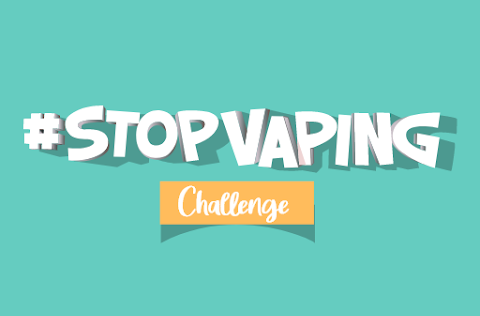Substantial government funding is necessary if tobacco control strategies are to be effective in reducing tobacco related illness and death. The U.S. Centers for Disease Control and Prevention (CDC) (2007) recommends sustained tobacco control funding on a state-by-state basis, e.g., for community interventions, health communication, cessation and evaluation. The U.S. Institute of Medicine (IOM) (2007) recommends $15 U.S. to $20 U.S. per capita as a funding target for each U.S. state. It also recommends the use of tobacco tax revenues to fund tobacco control programs, federal funding of media campaigns, stable funding for quit lines, funding of research and a national funding plan if state funding does not increase. The WHO Framework Convention on Tobacco Control (2005) encourages meaningful funding of tobacco control strategies. This update reviews the status of funding commitments for tobacco control in Ontario and other provincial, territorial and federal jurisdictions. In 2009-2010, Ontario’s total funding commitment for tobacco control was $42.8 million compared to $53.2 million in 2008-2009 and $60 million in 2007-2008. Levels of funding by various US states are also noted.
Related publications:
- Prohibition of Tobacco Sales In Specific Places – 2010 Monitoring Update
- Retail Display of Tobacco Products – 2010 Monitoring Update
- Youth Access to Tobacco Products – 2010 Monitoring Update
- Litigation against the Tobacco Industry – 2010 Monitoring Update
- Tobacco Taxes – 2010 Monitoring Update
- Protection from Secondhand Smoke – 2010 Monitoring Update
Date: September 2010
Type of Publication: Monitoring Update


 Download directly from your phone’s app store, or through the following links:
Download directly from your phone’s app store, or through the following links: 




